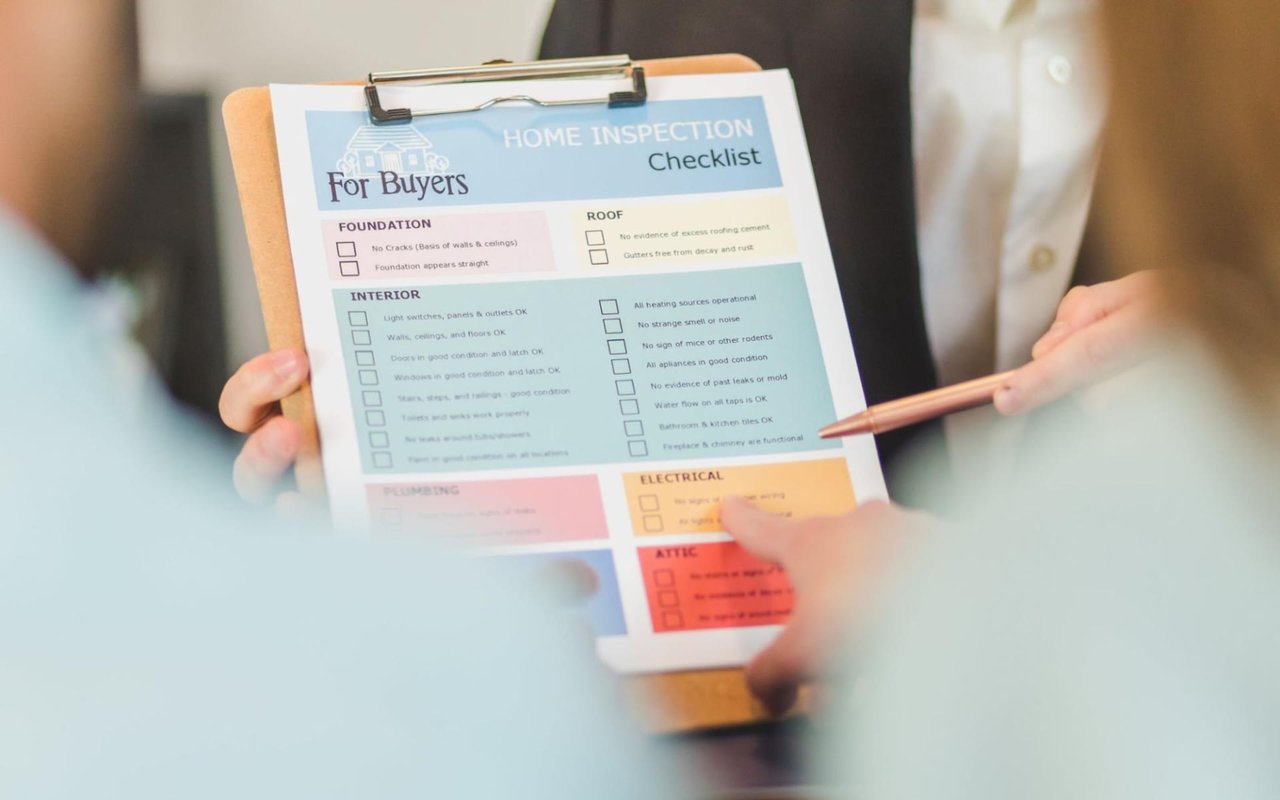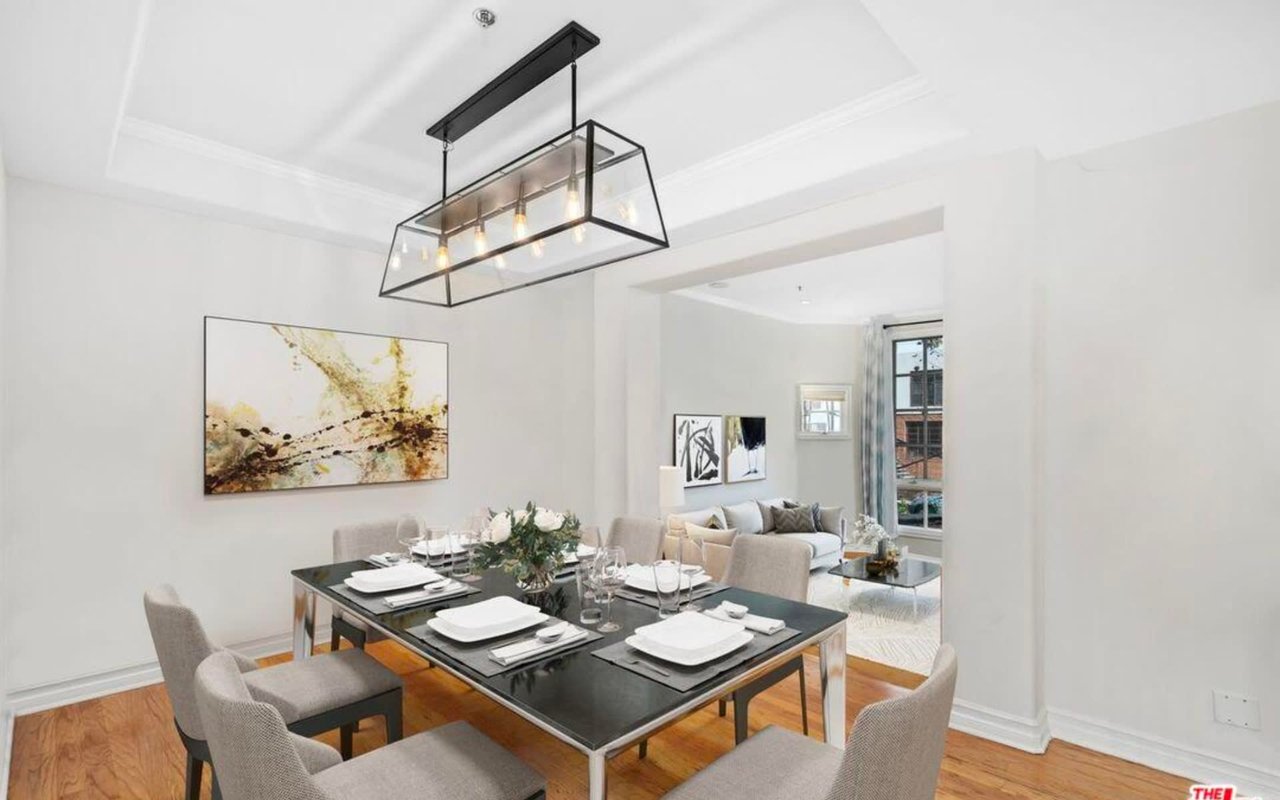The dream of homeownership is often accompanied by the perceived hurdle of having a significant down payment. However, for those aspiring to buy a house with no money upfront, there are creative strategies and alternative paths to explore. In this blog, learn about the practical tips and unconventional approaches that can help you navigate the journey to homeownership without a substantial upfront investment.
1. Explore Government Programs
Several government programs aim to assist individuals with limited financial resources in achieving homeownership. FHA (Federal Housing Administration) loans, for example, often require a lower down payment compared to conventional loans. Investigate other programs offered by local and state governments that may provide down payment assistance or low-interest loans to qualified buyers.
2. USDA and VA Loans
If you meet certain eligibility criteria, USDA (U.S. Department of Agriculture) and VA (Department of Veterans Affairs) loans offer excellent opportunities for homebuyers. USDA loans are designed to help individuals in rural areas, while VA loans are available to eligible veterans. Both programs may offer favorable terms and reduced down payment requirements.
3. Look into Down Payment Assistance Programs
Many states and municipalities offer down payment assistance programs to support first-time homebuyers. These programs provide grants, low-interest loans, or forgivable loans to help cover the initial costs of purchasing a home. Research local programs and consult with housing agencies to explore available options in your area.
4. Consider Seller Financing
In a traditional home purchase, the buyer secures a mortgage from a financial institution. However, seller financing offers an alternative arrangement where the seller acts as the lender. In this scenario, the buyer negotiates terms directly with the seller, potentially allowing for a more flexible down payment arrangement or even a zero-down deal.
5. Lease-to-Own Options
A lease-to-own or rent-to-own arrangement can be a viable option for those looking to buy a house with no money upfront. In this scenario, you lease the property with the option to buy it at a predetermined price in the future. A portion of your rent payments may go towards the down payment, providing a gradual and structured way to accumulate funds.
6. Explore "Subject-To" Deals
Subject-to deals involve purchasing a property "subject to" the existing mortgage. In this arrangement, the buyer takes over the mortgage payments from the seller, often without the need for a new loan. While this strategy requires careful negotiation and legal considerations, it can be a creative way to acquire a property without a traditional down payment.
7. Tap into Retirement Funds
Some retirement accounts, such as 401(k)s or IRAs, allow individuals to withdraw funds penalty-free for a first-time home purchase. While it's essential to carefully consider the long-term impact on your retirement savings, this option can provide the necessary funds to cover a down payment without incurring additional penalties.
8. Negotiate a Seller-Financed Down Payment
In addition to seller financing, you may explore negotiating a seller-financed down payment. This arrangement involves the seller providing a loan or financing for a portion or the entirety of the down payment. Creative negotiation and a clear understanding of terms are crucial to successfully navigating this option.
9. Look for Foreclosure or Distressed Properties
Foreclosure or distressed properties can present unique opportunities for buyers with limited funds. These properties may be available at a lower price, and some sellers or financial institutions may be open to more flexible terms. However, thorough due diligence is crucial, as distressed properties may require additional repairs or renovations.
10. Explore Shared Equity Arrangements
Shared equity arrangements involve partnering with an investor, family member, or friend to purchase a property together. In this scenario, the partner may contribute the down payment, and the ownership is shared based on agreed-upon terms. Such arrangements can provide a pathway to homeownership while distributing the financial responsibility.
11. Utilize Gift Funds
Gift funds from family members or close friends can be used for a down payment, reducing the financial burden on the buyer. It's important to follow mortgage guidelines regarding the use of gift funds and ensure that the source of the gift is acceptable to lenders.
12. Consider a Co-Buying Arrangement
Pooling resources with a co-buyer, whether a family member, friend, or business partner, can be an effective way to share the financial responsibility of purchasing a home. Co-buying arrangements often involve joint ownership, and the responsibilities and benefits should be clearly outlined in a legal agreement.
13. Work with Motivated Sellers
Motivated sellers, particularly those looking for a quick sale, may be more open to creative financing options. Approach sellers who have had their properties on the market for an extended period or those facing specific circumstances that make a fast sale desirable.
14. Build Sweat Equity
Sweat equity involves investing your own time and effort into improving a property, which can, in turn, increase its value. This can be a practical strategy for individuals with limited financial resources, as the improvement efforts contribute to the down payment indirectly.
15. Negotiate with the Seller for Closing Cost Assistance
While not directly related to the down payment, negotiating with the seller for closing cost assistance can free up additional funds that can be allocated to the down payment. Sellers may be willing to contribute towards closing costs to facilitate a smoother transaction.
When in Doubt, Reach Out to a Local Expert
Buying a house with no money upfront may require unconventional strategies, creative negotiations, and thorough research. By exploring alternative financing options, government programs, and creative arrangements, aspiring homeowners can overcome financial barriers and achieve their dream of homeownership. It's crucial to approach these strategies with careful consideration, seek professional advice when needed, and ensure all agreements are legally sound. With determination and resourcefulness, the path to homeownership can become a reality, even without a substantial upfront investment.
For best results, especially when searching for homes for sale in Beverly Hills,
reach out to Yar Meshkaty, a local realtor with years of experience working within the Beverly Hills real estate market. Yar looks forward to taking your call and helping you on your path to home ownership.










